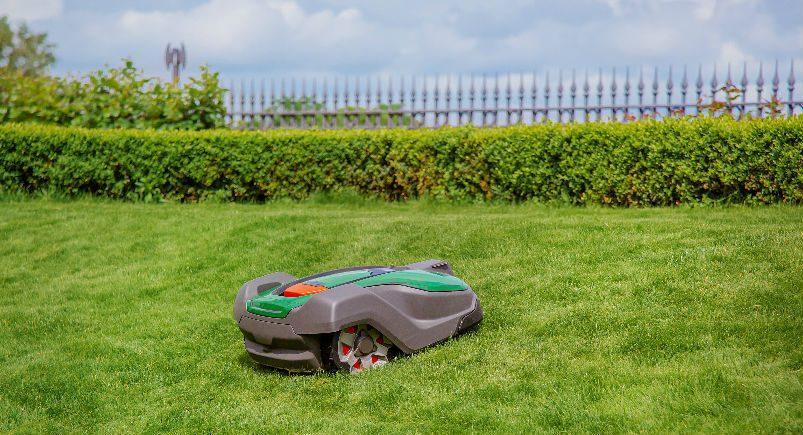
As we’ve discussed in the past, there is a lot of uncertainty on the horizon when it comes to the proliferation of autonomous vehicles and its implication on the future needs for human drivers. While it is believed that the need for truck drivers may actually increase with the adoption of self-driving fleets, what sort of impact might autonomy have on other industries?
Earlier this year, Arkansas State University announced that, in an effort to reduce expenses and cut back on fuel use, it introduced autonomous electric mowers to supplement its larger fleet of maintenance equipment. These one-foot-wide mowers are able to help maintain campus grounds without much need for human interaction. In addition to the savings, relying on this equipment also reduces noise and air pollution on campus.
The cutting-edge — get it?? — technology uses GPS to maintain a designated tract of land and can run for up to 4.5 hours on a single charge. That’s when a human element is needed, of course: when it’s time to charge the units. After an hour of charging, they’re good to go again. The best part? After the initial investment, these mowers only cost between $10–50 per season to operate.
So what, if any, potential backlash could this type of technology have against the landscaping world?
While it’s true that the robotic lawn mower industry is poised to grow exponentially in the coming years — to the tune of a 22 percent increase over the next five years — we don’t think that it will have a negative impact. Rather, much like the trucking industry, landscaping businesses will simply have to adapt to the technological changes that are inevitable and unavoidable.
Plus, in the same vein that ASU’s adoption of robotic mowers is just to supplement its larger fleet, that’s likely what we’re going to see on the professional landscaping front: autonomous mowers being used to supplement labor needs and reduce costs. And with these machines taking care of the lawns — even if it’s homeowners investing in their own mowers, versus landscapers bringing them to jobs — it leaves their human counterparts free to take on the tasks that can’t be automated, such as hedge-trimming, yard cleanup, leaf blowing, etc.
It also has the potential to decrease the time needed at each job so that landscapers will actually be able to fit in more customers on any given day while maintaining a smaller staff.
That’s where our solution comes into play. Using Encore, landscapers are better able to manage the influx of new work orders that come in. In particular, one of our new features, Dispatching Scheduler, gives premium customers greater flexibility and ease when designating work orders to individuals or teams. This new functionality introduces a service window–style approach to scheduling; shows dispatchers near real-time statuses on active job sites; and lets them easily reassign jobs with ease, using a simple drag-and-drop method.
It’s just one of many features that will come in handy in an industry that shows no signs of slowing down. Just as autonomous mowers can help your business take on even more clients, the technology we offer can help you manage them.
Have any questions on how Actsoft can help you?
Share this post:
About the author : Joshua Pramis
Joshua Pramis is a writer and editor with an affinity for all things travel, tech, and food. His work has appeared on Travel + Leisure, Conde Nast Traveler, Digital Trends, and the Daily Meal, among other outlets. When he's not at home canoodling with his cats (which is typical), you'll find him running races, exploring new locales, and trying out different food venues in St Petersburg, Florida.

















 Encore & Geotab Drive
Encore & Geotab Drive

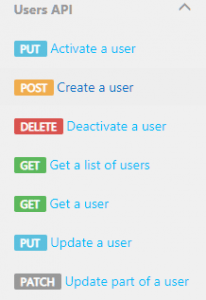

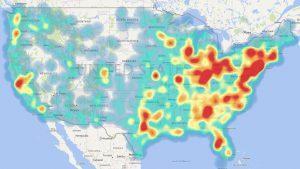
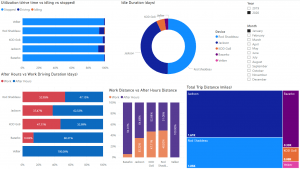
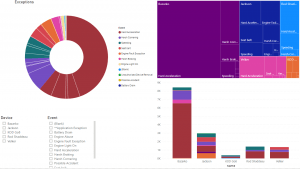
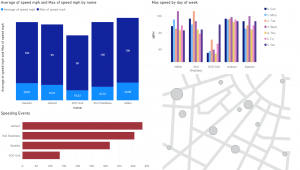
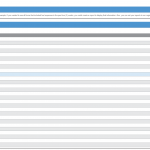

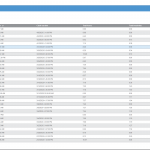








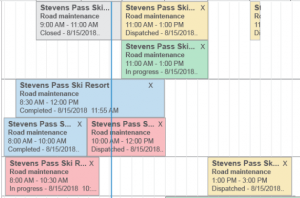

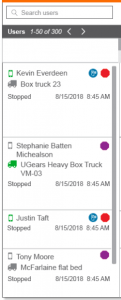
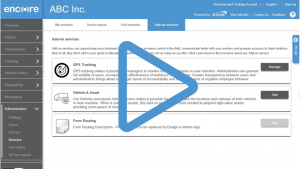


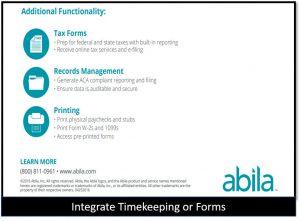
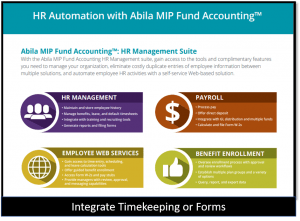

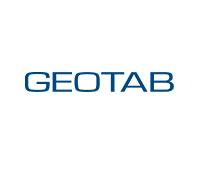 Gain even greater insight into the daily activities of your fleet using the combination of Geotab and Actsoft. Geotab devices provide detailed data collection and seamless integration with our solutions; learn more about the ways your vehicles are being used daily with the power of this tandem.
Gain even greater insight into the daily activities of your fleet using the combination of Geotab and Actsoft. Geotab devices provide detailed data collection and seamless integration with our solutions; learn more about the ways your vehicles are being used daily with the power of this tandem.



 Actsoft partnered with Odin to provide our solutions overseas, through payment processing integrations. Odin helps us support user management for our software; customers can also purchase our products through Odin’s billing platform.
Actsoft partnered with Odin to provide our solutions overseas, through payment processing integrations. Odin helps us support user management for our software; customers can also purchase our products through Odin’s billing platform.

 VisTracks powers our Electronic Logging Device (ELD) solution, which enables transportation businesses to easily automate their hours of service logs, remain in governmental compliance, and reduce their potential to incur costly fines.
VisTracks powers our Electronic Logging Device (ELD) solution, which enables transportation businesses to easily automate their hours of service logs, remain in governmental compliance, and reduce their potential to incur costly fines. Integration between Actsoft solutions and BeWhere’s software products is available. Take your team’s asset tracking, cellular data connectivity, and field insight a step further with effective, cross-application compatibility.
Integration between Actsoft solutions and BeWhere’s software products is available. Take your team’s asset tracking, cellular data connectivity, and field insight a step further with effective, cross-application compatibility.
 CalAmp tracking devices for vehicles and assets alike are compatible with Actsoft solutions, making it easy for you to efficiently monitor your equipment and fleet cars. Help your team enhance accountability, safety, and savings through a combination of easily installed hardware and intuitive software.
CalAmp tracking devices for vehicles and assets alike are compatible with Actsoft solutions, making it easy for you to efficiently monitor your equipment and fleet cars. Help your team enhance accountability, safety, and savings through a combination of easily installed hardware and intuitive software.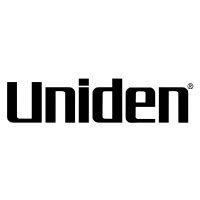 Our partnership with Uniden is ideal for companies looking to gain advanced diagnostics on their fleets. Uniden’s extensive product listing of car electronics like radios, dash cams, radar detectors, and in-vehicle communicators work in concert with Actsoft’s solutions to better connect your vehicles to the company headquarters.
Our partnership with Uniden is ideal for companies looking to gain advanced diagnostics on their fleets. Uniden’s extensive product listing of car electronics like radios, dash cams, radar detectors, and in-vehicle communicators work in concert with Actsoft’s solutions to better connect your vehicles to the company headquarters.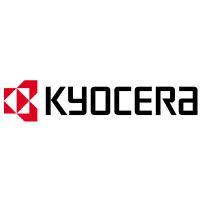 Kyocera offers a wide range of mobile devices, ranging in design from traditional phones to ultra-durable handset technology. Actsoft is able to equip organizations in a variety of different industries with solutions for improved business, while Kyocera supplies the technology they can flawlessly operate on.
Kyocera offers a wide range of mobile devices, ranging in design from traditional phones to ultra-durable handset technology. Actsoft is able to equip organizations in a variety of different industries with solutions for improved business, while Kyocera supplies the technology they can flawlessly operate on.

 Our software is the perfect complement to Apple’s user-friendly technology. Equip your workforce with the devices and solutions it needs for optimized productivity during daily operations with Apple and Actsoft.
Our software is the perfect complement to Apple’s user-friendly technology. Equip your workforce with the devices and solutions it needs for optimized productivity during daily operations with Apple and Actsoft.
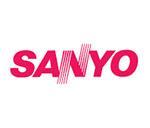 Actsoft and Sanyo teamed up to merge intuitive business management software with the technology of today. This partnership allows us to provide you with all the tools your team needs for improved workflows, better coordination, and optimized productivity.
Actsoft and Sanyo teamed up to merge intuitive business management software with the technology of today. This partnership allows us to provide you with all the tools your team needs for improved workflows, better coordination, and optimized productivity. Motorola’s mobile technology works in tandem with our solutions to provide extra versatility to your business practices. Coupled with our software’s features, Motorola’s reliable devices make connecting your workforce simpler than ever to do.
Motorola’s mobile technology works in tandem with our solutions to provide extra versatility to your business practices. Coupled with our software’s features, Motorola’s reliable devices make connecting your workforce simpler than ever to do. We’re able to bundle certain solutions of ours (including our Electronic Visit Verification options) with Samsung devices to help your team achieve as much functionality as possible, while keeping rates affordable. Use these combinations for accurate recordkeeping, improved communication, and smarter data collection in the field.
We’re able to bundle certain solutions of ours (including our Electronic Visit Verification options) with Samsung devices to help your team achieve as much functionality as possible, while keeping rates affordable. Use these combinations for accurate recordkeeping, improved communication, and smarter data collection in the field.